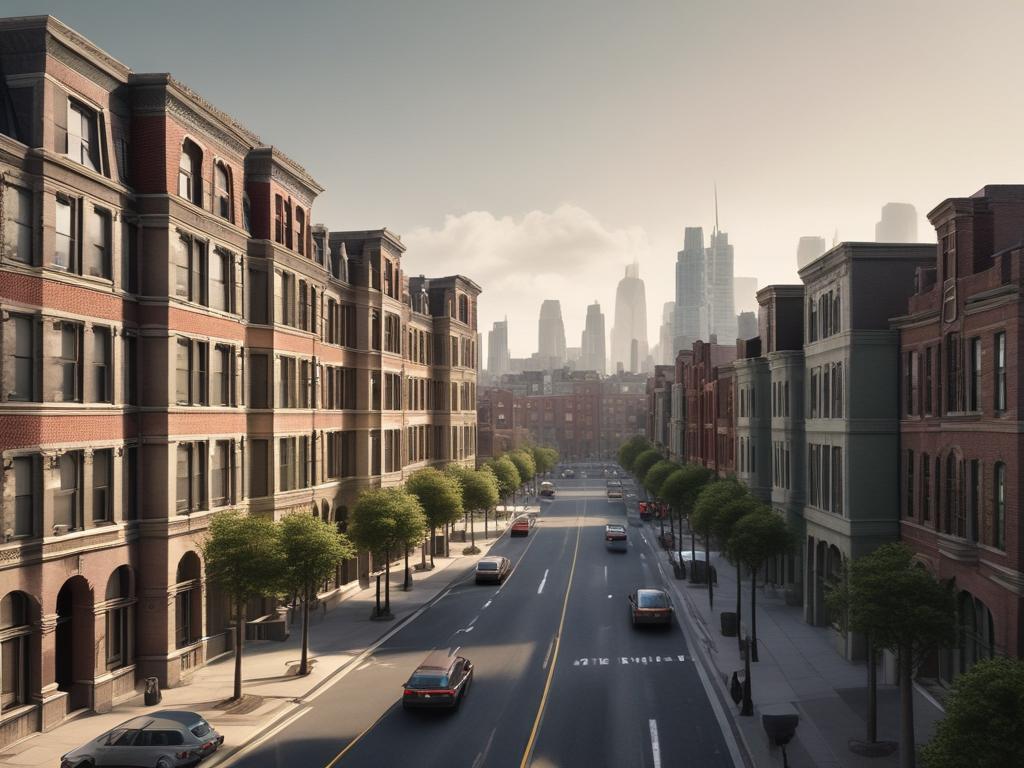
Urban renewal plays a crucial role in revitalizing communities, enhancing urban environments, and fostering sustainable development. As cities face the challenges of population growth, infrastructure decay, and economic disparities, understanding the essential principles and practices of urban renewal becomes increasingly important. In this insightful post, we will explore the foundations of urban renewal, delving into the key philosophies that guide practitioners in their efforts to transform underutilized spaces into vibrant, accessible, and inclusive areas for inhabitants and visitors alike.
Navigating through successful case studies and innovative strategies, we will uncover the diverse practices that have proven effective in various urban settings. Furthermore, we will address the future of urban renewal, considering both the groundbreaking innovations on the horizon and the challenges that communities must confront to achieve lasting change. Join us as we embark on this comprehensive overview, equipping you with the knowledge needed to understand the complexities of urban renewal and its vital impact on our cities.
Explore the foundations of urban renewal: Key principles and philosophies
Urban renewal is built on a foundation of key principles aimed at revitalizing deteriorating urban areas. Central to these principles is the philosophy of community engagement, which emphasizes the importance of involving local residents in the decision-making process. Through participatory planning, cities can address the unique needs and aspirations of their communities, ultimately leading to more sustainable and inclusive redevelopment efforts. This approach fosters a sense of ownership among residents, ensuring that revitalization efforts align with the cultural and social fabric of the neighborhood.
Another essential principle of urban renewal is economic revitalization. Successful urban renewal projects focus not only on physical improvements but also on stimulating local economies. This includes creating job opportunities, attracting new businesses, and enhancing the overall quality of life. By implementing strategies that promote mixed-use development and public-private partnerships, cities can create vibrant urban environments that support diverse economic activities. Understanding these foundational principles and philosophies sets the stage for exploring effective urban renewal practices and their potential impact on communities.
Navigating the practices of urban renewal: Successful case studies and strategies
Urban renewal consists of various successful strategies that have transformed cities across the globe. For instance, the revitalization of the High Line in New York City showcases the potential of converting neglected structures into thriving public spaces. This elevated park not only preserved historical elements but also spurred economic development in the surrounding neighborhoods. Local businesses flourished as foot traffic increased, demonstrating how strategic urban interventions can drive community engagement and boost local economies. Another notable example is the redevelopment of the Docklands in Melbourne, Australia. This initiative transformed a former industrial area into a vibrant precinct with residential, commercial, and recreational facilities, illustrating the successful integration of mixed-use developments in urban planning.
Implementing these strategies requires a collaborative approach involving stakeholders such as local governments, community organizations, and private developers. Engaging with the community at the onset ensures that urban renewal projects align with residents' needs and aspirations. The use of participatory planning processes encourages public input, fostering a sense of ownership among residents. Moreover, sustainable practices play a critical role in the long-term success of urban renewal. Green infrastructure, such as parks and energy-efficient buildings, not only enhances the urban landscape but also addresses environmental concerns. As cities continue to evolve, adopting successful practices and learning from exemplary case studies will be paramount in shaping a resilient urban future that honors both history and innovation.
The future of urban renewal: Innovations and challenges to consider
As cities continue to evolve, urban renewal faces a dynamic landscape filled with both innovations and challenges. Smart technology integration plays a crucial role in designing sustainable urban spaces. For instance, cities are adopting smart grids and IoT solutions to enhance energy efficiency and improve public services. Moreover, the rise of green architecture emphasizes environmentally friendly building techniques, which not only reduce carbon footprints but also promote healthier living conditions. As communities become more engaged, their input drives policies that prioritize inclusivity and visibly address issues such as affordable housing.
Nonetheless, urban renewal initiatives encounter significant challenges that could hinder their effectiveness. Funding remains a pivotal obstacle, as local governments and agencies struggle to allocate resources amidst competing priorities. Additionally, gentrification poses a risk: while revitalizing neglected areas, it can inadvertently displace long-time residents, leading to social divisions. Balancing economic development with social equity becomes imperative to ensure that benefits from urban renewal are shared widely. So, as we think about the future, it is essential to foster dialogue among stakeholders and implement strategies that harness innovations while addressing the myriad challenges inherent in urban renewal.